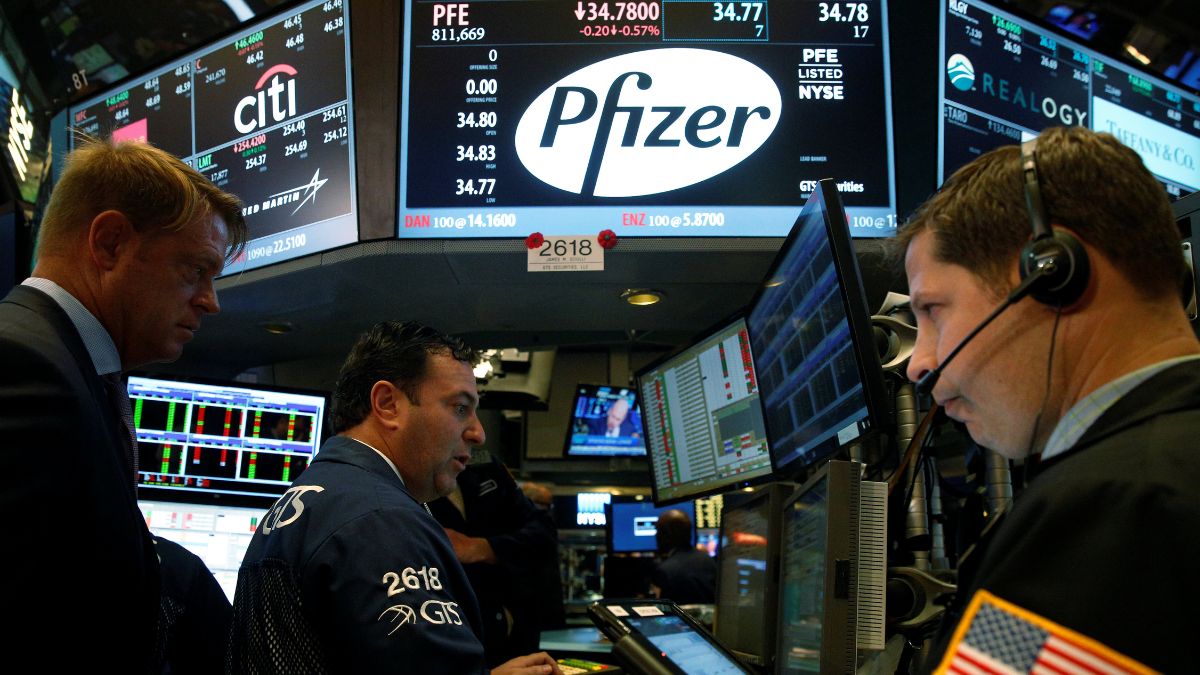Recent weeks have seen significant fluctuations in the flow of U.S. stock funds into and out of the healthcare sector, as investors grapple with varying views on the duration of the country’s economic strength.
Healthcare is often perceived as a defensive sector due to its constant demand and relative insulation from economic volatility. However, it has struggled this year, down nearly 2% year-to-date, in contrast to the S&P 500’s robust gain of over 17%, driven by the U.S. economy’s estimated 5.9% expansion in the third quarter, as reported by the Atlanta Federal Reserve.
In the latest week, investors withdrew a net $1.4 billion from the healthcare sector, marking the largest weekly outflow since May 2022. This followed a substantial net inflow of $1.3 billion to healthcare stocks in the week of August 14, the second-largest weekly gain since 2008, according to BofA Global Research.
Overall, the healthcare sector, encompassing entities from health insurers like UnitedHealth to pharmaceutical firms like Pfizer and small biotechs, has received the third-largest inflows of any sector year-to-date, according to BofA’s data. Nevertheless, the sector is down roughly 2% year-to-date, making it an attractive option for bargain hunters.
Bob Kalman, senior portfolio manager at Miramar Capital, suggests that the continued inflow of money into healthcare reflects investors’ shift towards a more conservative stance due to the uncertain economic outlook. Concerns over the potential impact of the Federal Reserve’s interest rate hikes on the economy have spurred some investors to seek refuge in healthcare, which “offers some defense in a period where the lagged impact of Fed tightening is likely to cause economic growth to contract,” according to Emily Roland, co-chief investment strategist at John Hancock Investment Management.
Yet, less pessimistic investors argue that the economy has shown resilience thus far and displays few signs of weakening. The Atlanta Federal Reserve’s GDPNow forecast model indicates an expected 5.6% annualized growth rate for the third quarter, though analysts anticipate adjustments as additional data becomes available.
Dan Lyons, a portfolio manager at Janus Henderson Investors, believes the Fed’s rate hikes will start affecting the economy this autumn. As a result, he has been investing in biotech stocks, anticipating their resilience as other market segments fluctuate.
However, some investors remain cautious, citing political and regulatory risks for the healthcare sector. For instance, President Joe Biden’s administration recently released a list of 10 prescription medicines subject to price negotiations by the U.S. Medicare health program, potentially impacting companies like Bristol Myers Squibb and Pfizer. Overall, healthcare sector earnings are expected to lag this year as COVID-related revenues decline, but they are projected to rebound in 2024, buoyed by increased demand for products such as obesity drugs.
Margie Patel, a senior portfolio manager at Allspring Global Investments, owns positions in healthcare firms but anticipates their stocks will lag as the economy continues to favor industrials. Healthcare stocks may only rebound when the unemployment rate increases, signaling a cooling labor market and prompting investors to seek more defensive sectors.




